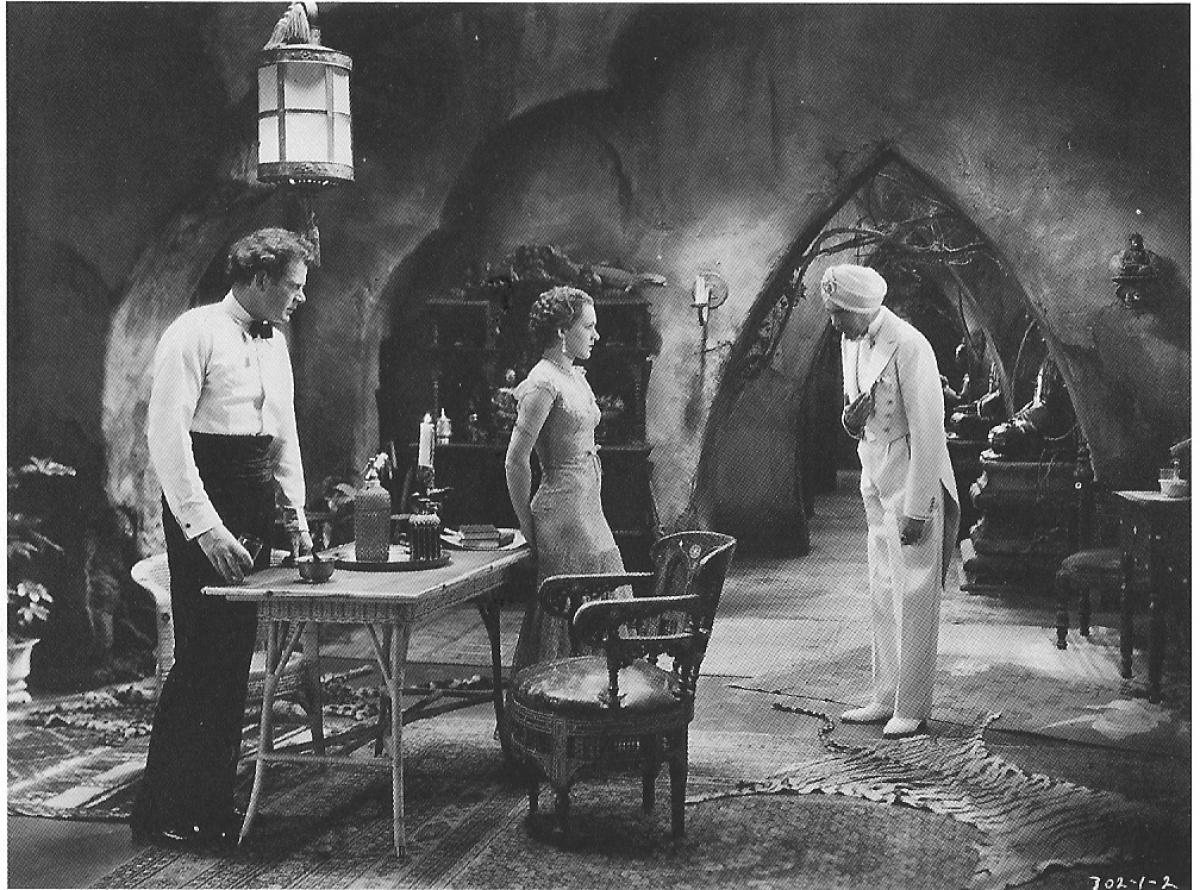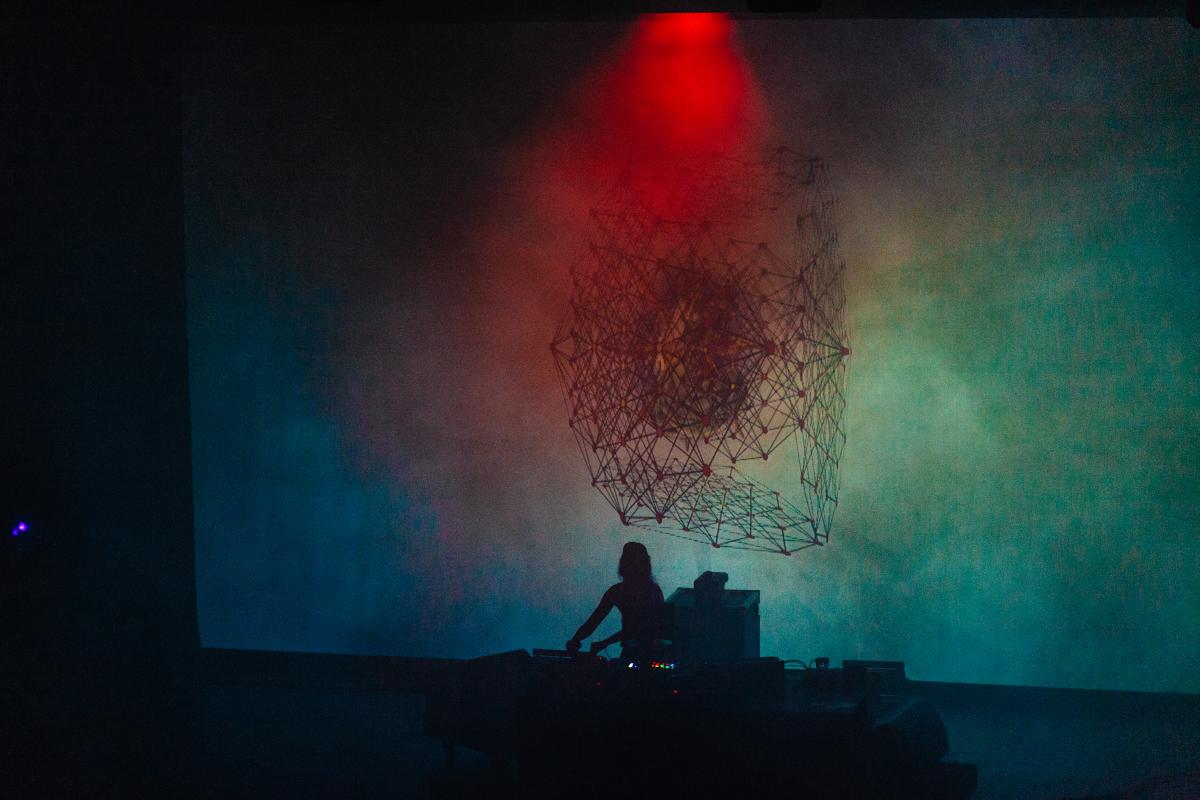
Copy and Past(e)
Recycling footage has long been a common practice in music videos. Due to the mass availability of footage online, it has become even more popular. By freeing existing images from their original temporality and intended purpose and setting them to music, artists transform their meaning and generate an emotional experience of the past. From the Norient book Seismographic Sounds (see and order here).
In 1936, American artist Joseph Cornell took select images from a discarded print of the Universal film East of Borneo (1931), removed the original dialogue and music, and played records alongside the images. The exact soundtrack Cornell chose in 1936 is unknown. However, for the 1963 screening, the soundtrack for the film, which he called Rose Hobart after East of Borneo’s starring actress, consisted of two songs from Nestor Amaral’s 1957 album Holiday in Brazil. This album has become the film’s de facto soundtrack. Amaral’s music emphasizes the dreamlike qualities of East of Borneo already foregrounded by Cornell’s reediting of the images. Indeed, as Rose Hobart may have first revealed, placing a beat or melody behind found imagery often allows something latent in those images to emerge, shifting our attention so that we remark upon details we might have otherwise missed.
In his foundational 1993 book on the topic of found footage, Recycled Images: The Art and Politics of Found Footage Films, film scholar William C. Wees criticized the use of found footage in Michael Jackson’s music video «The Man in the Mirror» (1987) for producing superficial, postmodern effects. He writes, «The shot of a nuclear explosion in Michael Jackson’s music video is simply one image in a stream of recycled images presented with little, if any, concern for their historical specificity – let alone logical or even chronological connection […]. The object or event in history has been superseded by […] simulacra, by representations of other representations produced and preserved by the mass media.»
While Wees makes a valid critique, I would argue that not all music videos that incorporate found footage function this way. Indeed, music videos may produce a variety of provocative instances of what I call the archive effect. The archive effect is derived from the viewer’s recognition that certain footage within a film or video derives from both another time and another intention. We perceive a temporal disparity between different pieces of footage within the film: a sense of a now of the contemporary footage, sound, and/or editing and a then of the appropriated footage. At the same time, we also experience an intentional disparity, a perception that certain footage originally served one purpose but is now being reused for a new and different purpose.
The Affective Experience of History
In Norient’s book and exhibition Seismographic Sounds – Visions of a New World, several artists combine their music (and sometimes original footage) with found materials to striking results. Indeed, beyond the archive effect, which derives simply from our recognition of found images as such, these videos may also engender in the viewer a powerful instance of what I refer to as the archive affect. In other words, the combination of found images with music tends to elevate and foreground the emotional content of such images. The archive affect may take the form of nostalgia based on our experience of temporal disparity because it emphasizes the pastness of certain images and/or sounds and evokes their lost historical contexts. Meanwhile, our experience of intentional disparity may generate humor or discomfort, among other sensations.
In the video for Gato Diablo’s «Nunca Tendremos Mar», for instance, when clips from old Bolivian films including Ukamau (1966) and The Blood of the Condor (1969) are cut together with similarly dated monster footage from the Hollywood B-movie Creature from the Black Lagoon (1954), we may first experience nostalgia for these traces of the cinematic past, scratched and degraded by age and format. As we recognize the false continuity established by the editing, we may be amused by the clever way in which the scaly monster is made to look – almost but not quite – like it is attacking a young girl. Finally, we may also experience disquiet as the geopolitical implications of a Hollywood monster murdering a Bolivian girl become apparent. Gato Diablo’s music underscores each of these affective engagements while allowing the disparate sources to coalesce into a newly invented narrative.
A New Meaning for Old Sources
In Soap & Skin’s «Sugarbread» video, a slew of upsetting and unnerving images, unmoored from any narrative context, attack us at a visceral level. Documentary images of an eyeball being extracted from a human face, several kneeling men being shot in the head, crash test dummies burning, and a bridge exploding combine with oneiric images from fiction films such as Dr. Mabuse the Gambler (1922), Metropolis (1927), and Simon of the Desert (1965), among others. Although the images derive from incredibly varied sources, themes of bodily distortion and violent action are unified and intensified by the brooding and sometimes cacophonous music and the repeated lyric, «Try to break one’s heart in perpetuity.» Meanwhile, Silvana Imam’s «I.M.A.M (jj Remix)», images from recent political events, accompanied by Imam’s political lyrics, transform protest footage from simple documentation of an event to an uplifting celebration. Indeed, such news footage, which may be viewed as banal within the context of a conventional news broadcast is reinvigorated as it is accompanied by Silvana Imam’s anthem to diversity and freedom.
William C. Wees may be correct in suggesting that, by eliminating contextual sounds from found images, music may serve to elide differences between sources and establish a false equivalence between them, obscuring the specificities of history. However, what is gained is a range of affective engagements with found images, an embodied response generated by the music that accompanies them. In the videos of Gato Diablo, Soap&Skin, Silvana Imam, and other artists included in Seismographic Sounds – Visions of a New World, found footage may be partially stripped of its original meanings, but it also accrues new and compelling resonances. Moreover, as attested to by online comment threads in which viewers collectively attempt to identify each image, the presence of found images in music videos often sparks the desire to know more about these images, which might otherwise have been forgotten or ignored. In short, such videos encourage us not precisely to know but rather to feel the presence of history.
The text was published first in the second Norient book Seismographic Sounds.
Biography
Shop

Published on May 29, 2018
Last updated on April 10, 2024
Topics
A form of attachement beyond categories like home or nation but to people, feelings, or sounds across the globe.
From the music format «78 rpm», the melancholic echoes of a dubbed out rave night in London, and parodic mockings of «perfect house wifes» by female Nigerian pop musicians.
Sampling is political: about the use of chicken clucks or bomb sounds in current music.
Special
Snap

